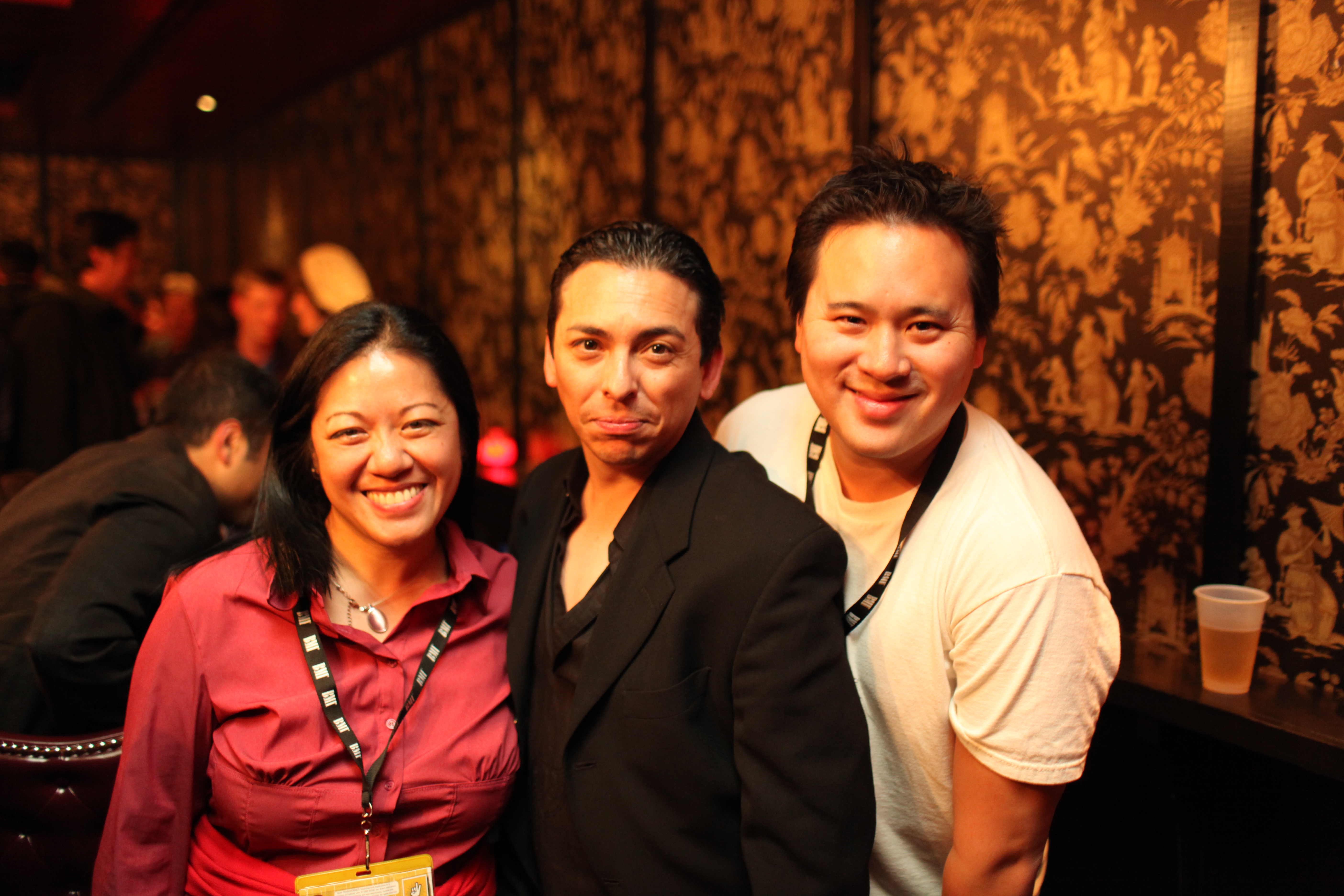This is a continuation of a series of guest blog posts. Today's post comes from good friend and social media big brain, Jason Falls. Jason is a leading thinker on the social media marketing space. He blogs at SocialMediaExplorer.com and is bridging the gap by offering ExploringSocialMedia.com, a learning community geared toward teaching technology, digital and social media marketing to anyone who needs the help.
Insanity seems normal when you live in the asylum. Or so I keep reminding myself of the echo chamber that has emerged in our lovely little Web 2.0 world.
The technologists and developers and marketers and bloggers alike love to throw out statistics to prove their little world is the norm. We (and I'm in the middle of it, too) consistently point to the future as being online, connected, mobile or whatever ... so long as it doesn't involve ink or broadcast waves.
But we're wrong.
Sure, you can throw out
Pew Internet and American Life statistics all you want. But you didn't look them up yourself, have no idea of the context of the questions asked and don't realize there's so much missing from the research.
Sure, 79 percent of U.S. adults use the Internet. But the statistic is "use" the internet, not follow you on Twitter. Why aren't we asking how well they use the Internet?
You know what percentage of the U.S. adult population has broadband in their home?
Sixty-six percent. One in three people are still on dial-up, Jethro.
So the social fanatics want to say my doomsday drill down is a myth? Pew also tells us that of the 74 percent of U.S. adults online in 2009, the activities they used the web for were, in order, watching videos; getting information about a job; sending instant messages; downloading music and playing games. And of those, only watching videos was more than half of U.S. adults. Social networking? Thirty-five percent. Reading blogs? Thirty-two.
Now, before you go all math on me and say, "Well, 32 percent of U.S. adults is still like 100 million people." Sure, but keep in mind you are in an industry that thinks a 2% click thru rate on an ad and a 25% open rate on an email are good. Your logic is that the more bullets you spray, the more unsuspecting consumers you'll hit.
How about we focus on the 68 percent that don't read blogs? Or the 98 percent that don't click on search ads? Or the 75 percent that don't open your shitty emails?
At a trade show for retailers in a niche industry recently, I spoke with over 150 individuals about digital marketing. One-fourth of them ... 25 percent ... didn't have a website. Talking social media to them was like talking retirement when they couldn't even pay their mortgage.
Think that anecdotal data is misleading? How about the University of Maryland's Robert H. Smith School of Business's Center for Excellence in Service
State of Small Business Report from January of this year? The study, sponsored by
Network Solutions (disclosure: I'm on their social media advisory board), showed that only 56 percent of small business owners currently have a website. (Fourty-four percent of small businesses are
NOT online.) Only 66 percent say they plan to in the next
two years.
Think that's a shocker? Would you believe that when asked how often these companies that do have website update them, 41 percent said no more frequently than every 4-9 months. Ten percent said they update them less than once per year.
Social media use? Just 31 percent have a presence now with 46 percent planning one. Flip the notion before you nod in positive agreement: 69 percent of small businesses are NOT using social media.
According to the U.S. Census Bureau there are 1.2 million businesses in the United States with 10 or more employees. There are 4.5 million with nine employees or fewer. Would you believe that 98 percent of business in America are small businesses? (Those with less than 100 employees.)
That's a big market place of people out there that aren't checking in on Foursquare, aren't following you on Twitter and don't read your precious blog.
There exists a huge gap between those that know the web and those that don't. And it's high time we start being honest with ourselves and realize that social media types are not only in the minority, if web usage were religion, we'd be a fringe cult. No, this doesn't mean the Feds should come blow up our commune. But we've got a lot of work to do before real people -- those outside the echo chamber -- are here to play.
If we don't start bridging the gap and helping mainstream consumers understand and embrace social media marketing, the dot-com bust is going to seem like a market correction.
So, what are you doing to bridge the gap?
 Next Wednesday, I'm speaking at a very cool event in Chicago called the Bricks + Mobile Conference. If you're in the area, you should absolutely plan to attend (I may even be able to finagle you a discount). I mention this because I'm on a panel with some very smart people including:
Next Wednesday, I'm speaking at a very cool event in Chicago called the Bricks + Mobile Conference. If you're in the area, you should absolutely plan to attend (I may even be able to finagle you a discount). I mention this because I'm on a panel with some very smart people including:
 I admit it I was a school geek. Everything about the school experience made me more curious. The good teachers took advantage of that. The not so good ones did their best to ignore it. I was curious about how everyone did things, who they were, why they cared about what they cared about, and the most interesting place of the whole school to me was the school cafeteria.
I admit it I was a school geek. Everything about the school experience made me more curious. The good teachers took advantage of that. The not so good ones did their best to ignore it. I was curious about how everyone did things, who they were, why they cared about what they cared about, and the most interesting place of the whole school to me was the school cafeteria. That day every month every kid -- even the ones who didn't like peanut butter -- asked for two helpings of bread. Those peanut butter side sandwiches became the currency of the lunch table. Kids traded for favors, to mend friendships, score homework help, and to meet new kids in other classes.
That day every month every kid -- even the ones who didn't like peanut butter -- asked for two helpings of bread. Those peanut butter side sandwiches became the currency of the lunch table. Kids traded for favors, to mend friendships, score homework help, and to meet new kids in other classes. While I don't necessarily consider myself in that set of "smartest social business minds," I have worked in the community/social media for business space for the last five plus years. And two and a half years ago, that same force I referenced in the first paragraph drew me like a migratory bird to the ATX (a cutesy little name we like to use to reference the capitol city). Of course it didn't hurt that my former company, Powered, was recruiting me to become their CMO. But that was only one of a dozen factors that played into my attraction to the great city of Austin.
While I don't necessarily consider myself in that set of "smartest social business minds," I have worked in the community/social media for business space for the last five plus years. And two and a half years ago, that same force I referenced in the first paragraph drew me like a migratory bird to the ATX (a cutesy little name we like to use to reference the capitol city). Of course it didn't hurt that my former company, Powered, was recruiting me to become their CMO. But that was only one of a dozen factors that played into my attraction to the great city of Austin.

